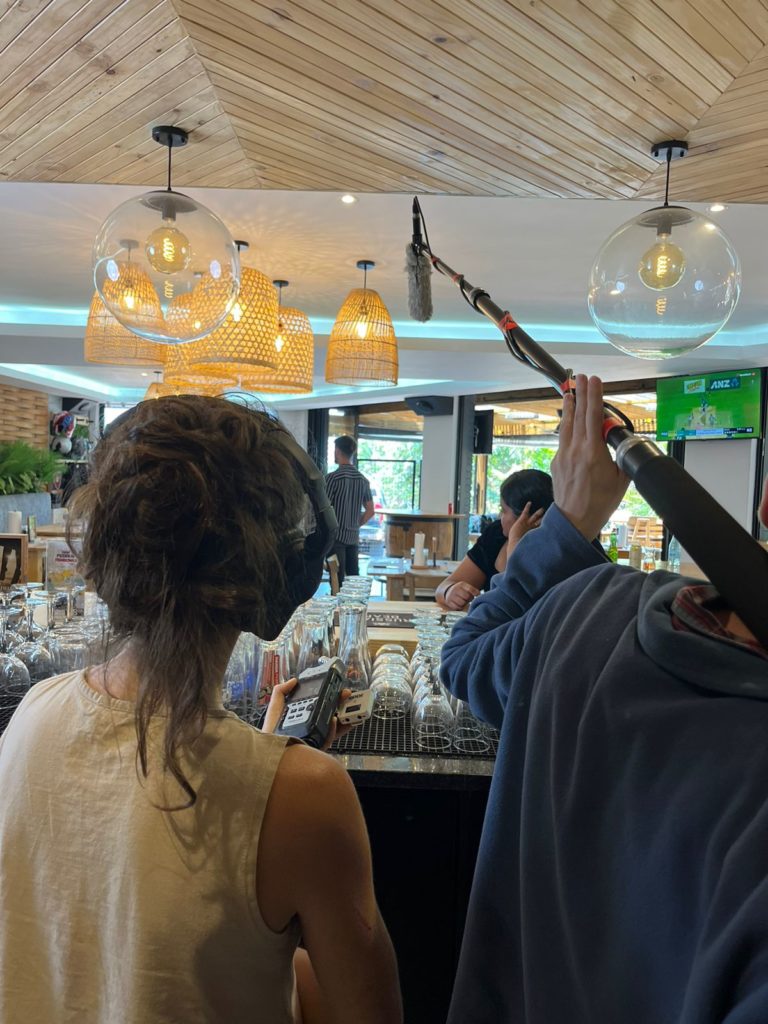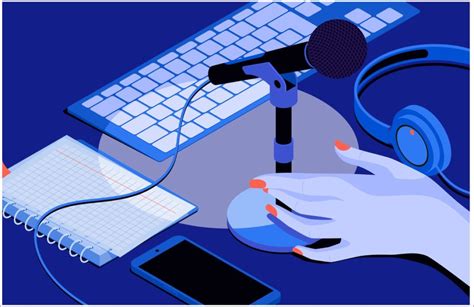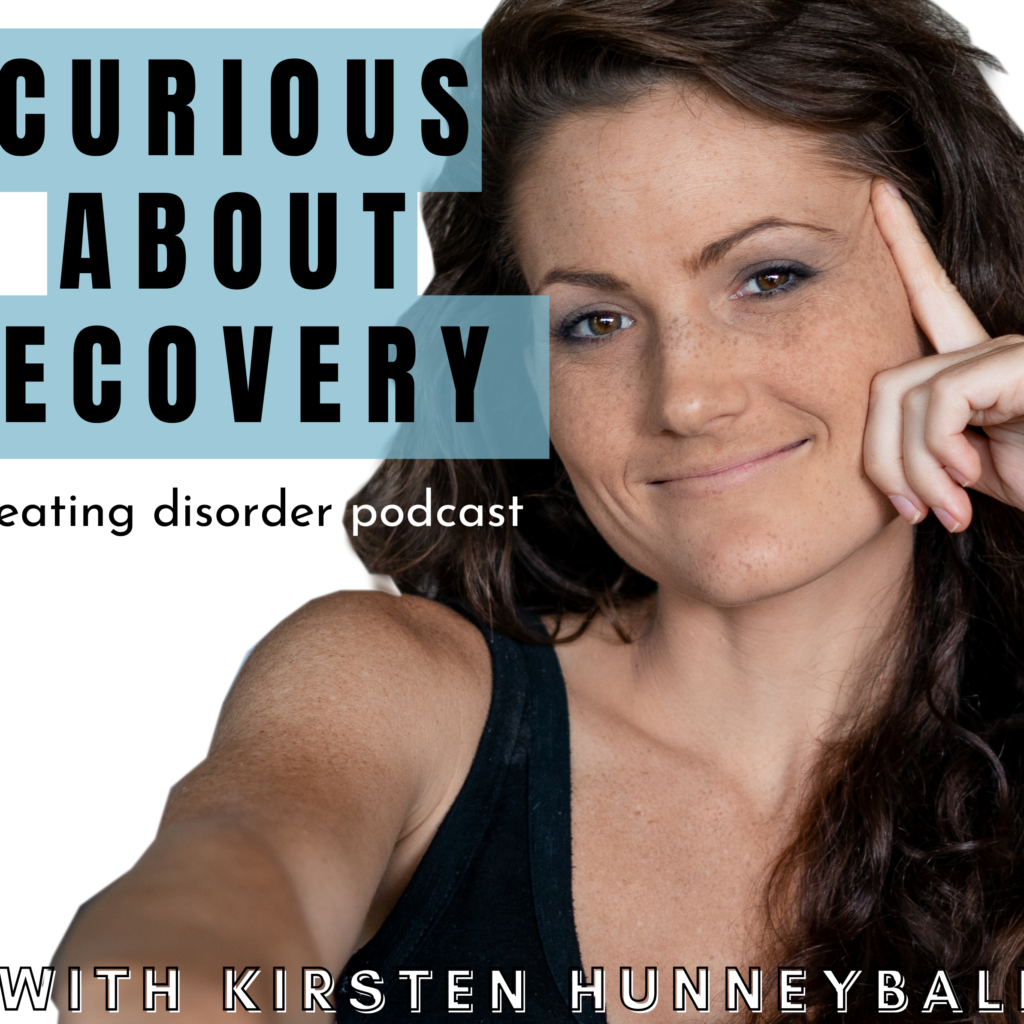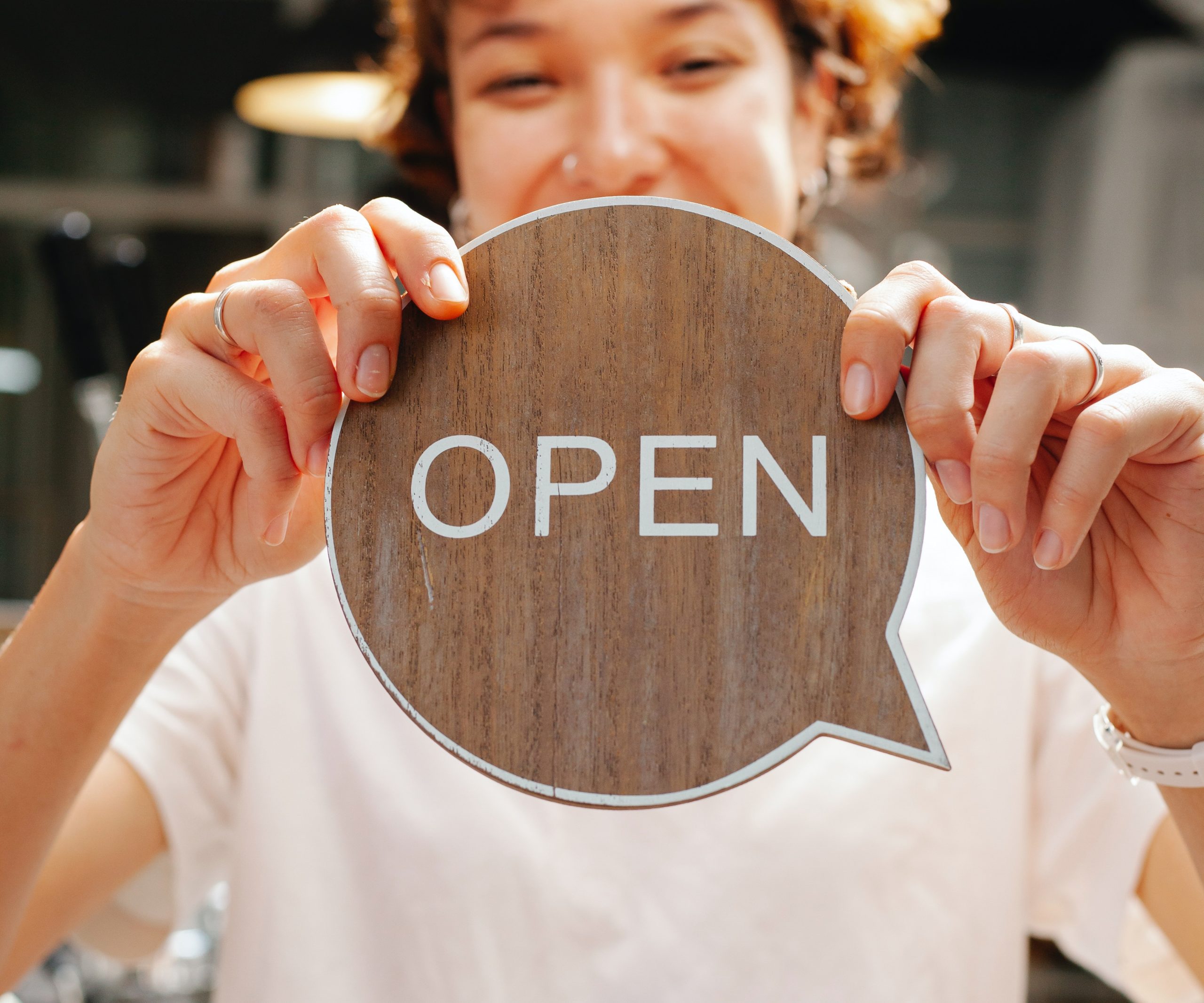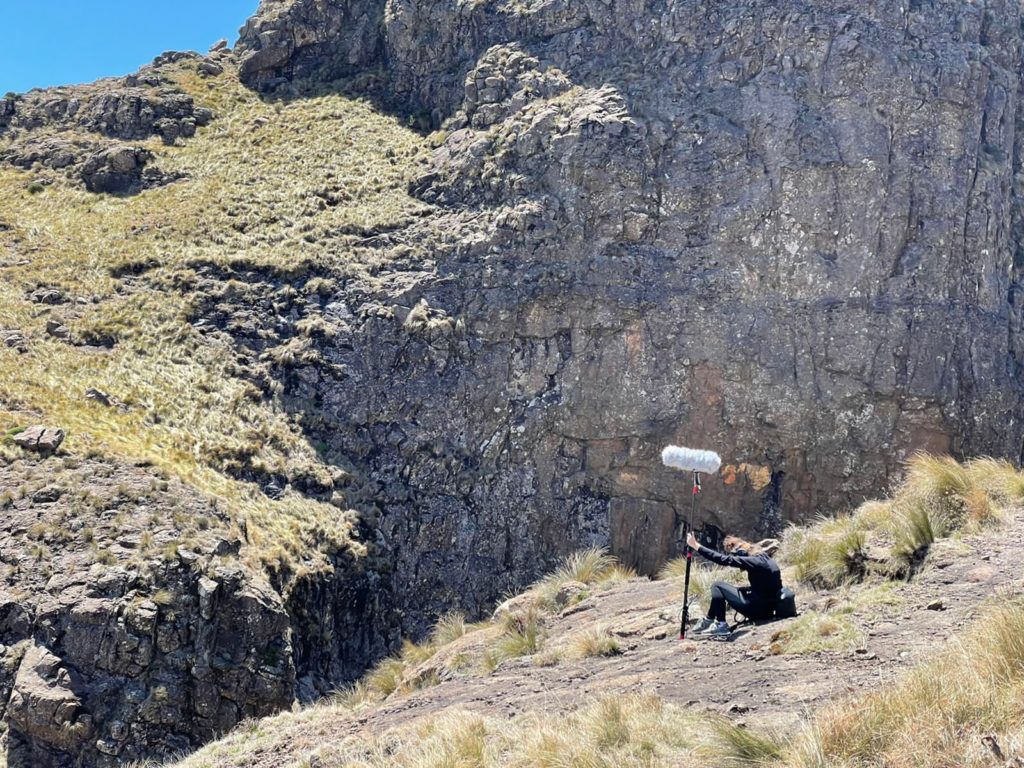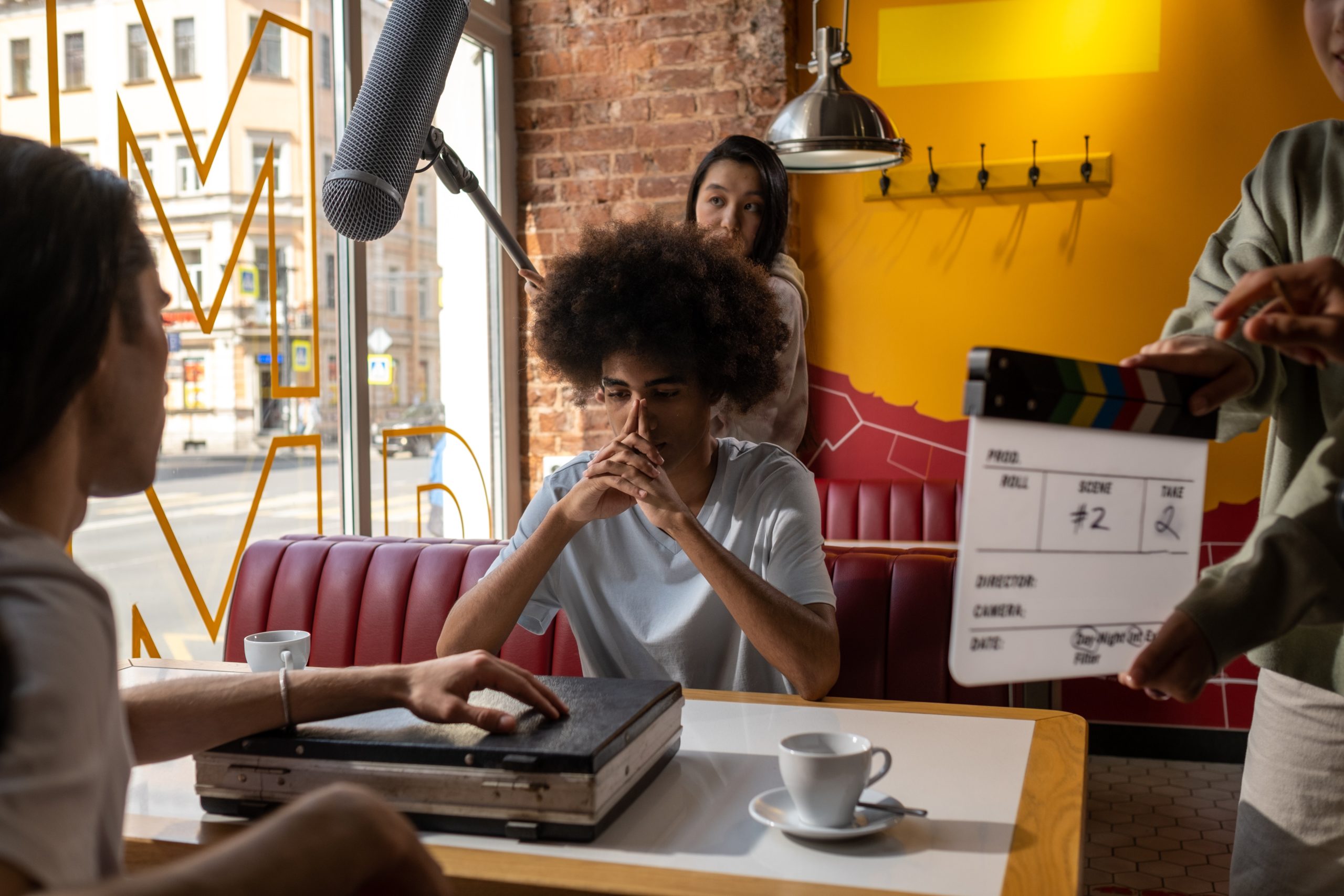
Sound for a 48-Hour Film Project
A week ago, I joined up with a local team of videographers to take part in the famous 48-hour film project. Barring the fact that I only slept for about 6 hours over the entire weekend, it was still one of the most awesome experiences I’ve had to date, and definitely not for the faint-hearted. In this article I’ll flesh out my experience for you, the highs and lows, and what to keep in mind should you ever want to be the SoundGirl and take part in your local 48-hour film project.
Preparation
See what gear you have available: Because we only get our script on Friday night, it’s hard to know what to expect. You don’t know how many actors there will be, what your location is, or even what kind of sound you will be recording. But there are a few things you can prepare for. The first step was to see what gear our team has on hand – because it is not a paid gig, you tend to work with what you’ve got – and then you formulate how you would go about making the most of that setup.
I had access to a Zoom H4 Recorder, a Rode Go lapel, a Saramonic lapel, and (I think) an ME66 rifle mic. I had to hire a boom pole and stand. My thinking was that we’d probably have two people lav’d up with one boom ready to go where needed. We fed two mics into the H4 and one into the camera itself to have an audio track to sync to in post (essential step!).
Make sure you know exactly how to operate the gear
Watch the tutorial in the week leading up if you must. There’s nothing worse than not knowing how to find the menu button on your field recorder hee-hee)
Have access to a sound library (I used Artlist)
Every piece of music or audio you use has to either be licensed or original, so make sure you don’t grab songs off YouTube or anything like that! On the first evening, start downloading possible SFX you might need to add in case you don’t have time to create them, as well as reference tracks for the music.
Make sure you have enough batteries for your recorder/mics
We ran out of batteries about 8 times and nearly had one of our lavs lose power during a take. Luckily, I had a bag of semi-used batteries we then cycled through throughout the weekend. On that note – also remember to switch all of your inputs ON (sounds simple, but so easy to miss!)
During the Recording:
Don’t Forget your Clapper Board
We started off using a clapper board to note takes and such, however, being in such a rush all the time and surviving on McNab energy shots alone, I must admit I took slack and stopped enforcing it. Huge mistake, as we then struggled to find the correct audio takes for the picture and spent precious time in post trying to align audio waveforms up with mouth movements. This easily added a good 3 hours onto our process which is a lot of time when you only have 48hours.
Make sure you have everything in the correct frame rate
For some reason (who knows what happened) I set the frame rate on one scene to 60fps. Gosh… I am so fortunate that I had elastic audio handy to match the dialogue up to the talent in post, otherwise, I would have been screwed. This also added a good hour or so to my edit time. Not good.
Post-Production
Clean up audio even if you’re not going to use it
I thought it would make more sense to wait for the team to send me the final cut before starting to clean up audio takes of dialogue and such, but this was a big mistake too. The final cut was given to me last minute and I had no time to do any processing on the dialogue (eeeek!). What I should have done was clean up all the audio we shot while the editor was working, regardless of whether it was being used or not, so that when we did make a selection for the final edit, I would have clean and crisp dialogue takes. If you can do this, I highly recommend it, because you may run out of time in the end.
Don’t take anything personally
Sound is almost always the last part of the filmmaking process, and no matter how much you try to convey that this process takes time, it might not always be possible for you to have the time you need to be proud of your work. You must be willing to stand firm in doing your job properly, but you must also just do the best you can with the time you’ve got (because we ALL know you have that genius inside you that can pull rabbits out of hats at the last minute to make a masterpiece). It’s okay to not feel “proud” of the final result of the sound because of mistakes, time constraints, and a misunderstanding of the process of sound by others in general. This is a learning curve for everyone so always look for ways that you can improve your workflow and get better at being awesome, but don’t for a second take anything personally
Make things up even if you don’t have the final cut
The team only gave me the final cut of the video 30 minutes before submission. Yes, you heard me right… 30 minutes… You can imagine my stress levels! But, luckily I had predicted this being a last-minute thing, so what I did, was while the team was shooting the last scenes and editing the picture, I started making up things that I thought might be used – extra foley sounds, SFX, music (with the help of my fellow soundie, Deon), so that when they gave me the final cut, it was more of a “plug-in” process rather than starting from scratch.
Lastly, HAVE FUN
There may be times when you feel a lot of pressure, or like things just aren’t working out. Perhaps you get so tired that you start making small mistakes that have a big impact – but remember that at the end of the day, you are doing this for fun. If you can keep that in mind, then everything else seems easier to manage. At the end of it, you will look back and realize that you have made lasting and strong friendships with a team of amazing people and that you did what you thought at times would be impossible. It pushes you to your limit and gets you way out of your comfort zone. It’s SO worth every single sleepless moment.
The screening of our short film will be on the 21st of October 2022, so I can’t give you the link here now, but I can show you the little behind-the-scenes video I took that encapsulates how awesome the weekend was!
